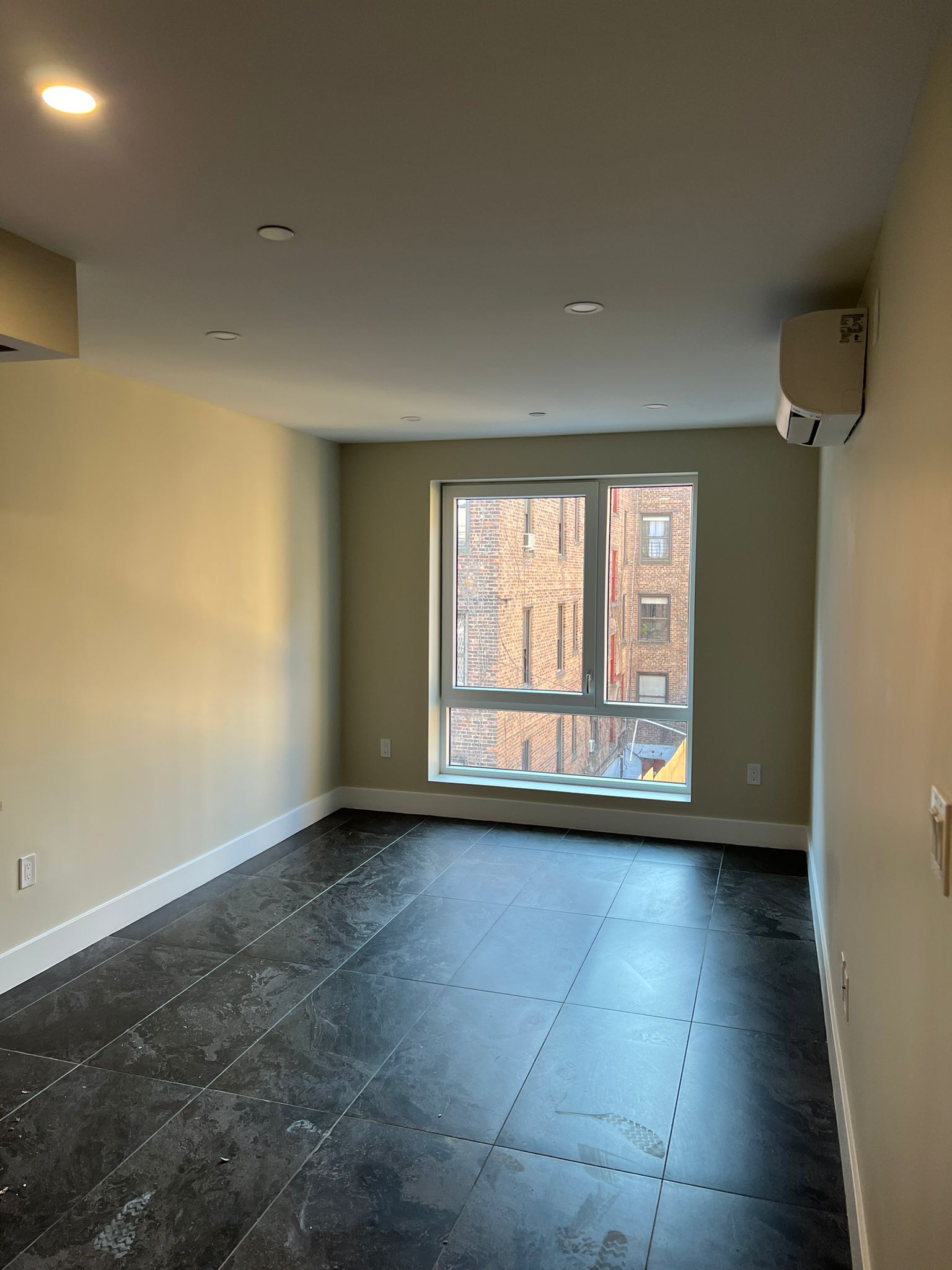
4th of July Weekend Typically Sees a Rise in Firework-Related Injuries
Attend Public Fireworks Displays To Avoid Injury or Unwanted Fires and Prioritize Fire Safety if Handling Legal Sparkling Devices
Governor Kathy Hochul reminded New Yorkers to keep safe while celebrating the upcoming July 4th holiday. As part of a multi-agency effort, the New York Department of State’s Division of Consumer Protection, along with the Division of Homeland Security and Emergency Services’ Office of Fire Prevention and Control and the New York State Department of Health are providing tips to help New Yorkers stay safe while celebrating Independence Day with legal sparkling devices.
“As we celebrate this 4th of July with family and friends, it’s important that everyone take proper precautions to keep each other safe,” Governor Hochul said. “New Yorkers should exercise caution while using legal sparkling devices and enjoy this special day.”
Sparkling devices are ground based or handheld devices that produce a shower of colored sparks and or a colored flame, audible crackling or whistling noise and smoke. The law limits the type, size and construction of sparkling devices and requires that these devices must be handheld or mounted on a base or spike and be limited in sizes that range from 1 to 500 grams of pyrotechnic composition.
Every year, thousands of people – most of them children, teens and young adults – are injured while using fireworks. Most of these injuries happen in the weeks surrounding the 4th of July. According to a report from the U.S. Consumer Product Safety Commission, there’s been an upward trend in fireworks-related injuries, with incidence increasing by 25 percent within a six-year time period. The Consumer Product Safety Commission also found that nationally nearly half of the fireworks-related injuries were to people younger than 24 years of age.
In 2022, the most recent data we have, there were 173 fireworks-related injury visits reported by emergency departments in New York State, with 125 of those visits reported between June 18 and July 18. Additionally, 25 percent of the visits during that period were by patients 18 years of age or under.
Common causes of fireworks-related injuries are:
- A fast-fuse firecracker explodes before it can be thrown.
- A misguided rocket strikes a bystander.
- A curious youngster goes to investigate why a firecracker “failed” to explode.
More than 19,500 reported fires are started by fireworks annually, according to the National Fire Protection Association.
The Department also recommends taking simple precautions while watching professional fireworks displays, including using earplugs to protect hearing, keeping a safe distance from the firework launch site and leaving pets at home.
Secretary of State Walter T. Mosley said, “As we celebrate this annual 4th of July holiday with friends and family, it’s important to remember basic safety tips, especially when sparkling devices are involved. While fireworks and firecrackers may be part of the holiday tradition, these dangerous fire devices are illegal statewide and should not be used under any circumstances. If sparkling devices are legal in your area, make sure to always follow the instructions on the packaging and never allow children to play with or ignite the devices.”
Division of Homeland Security and Emergency Services Commissioner Jackie Bray said, “No one wants to spend their holiday in the emergency room or with a visit from the fire department because of injuries or fires caused by fireworks. It’s easy to avoid the dangers of fireworks during the July 4th holiday and that is to leave them to the professionals.”
State Health Commissioner Dr. James McDonald said, “Holidays are moments to have fun and spend time with loved ones, and we want everyone to do that safely. While July 4th fireworks are entertaining and beautiful to watch, I encourage New Yorkers to enjoy community firework displays put on by professionals and not put themselves or anyone else at risk with illegal personal fireworks.”
FIREWORKS - WHAT’S LEGAL AND WHAT’S NOT IN NEW YORK STATE:
What’s Legal:
- Sale of sparkling devices by registered sellers from June 1 until July 5 annually. Sparkling devices are ground-based or handheld sparking devices that produce a shower of colored sparks or colored flame, crackling or whistling noise and smoke. They do not launch into the air.
- The possession and use of sparkling devices in cities with populations of less than one million people and as permitted by local law. Be sure to check that sparkling devices are legal in your city, town, or county as local laws may change. You can contact your local sheriff’s office to ask whether your area allows the use of sparkling devices.
- Users must be 18 years or older to use sparkling devices.
What’s Not Legal:
- The possession and use of sparkling devices in cities with populations of more than one million people and where prohibited by local law, including New York City and the following counties: Albany, Bronx, Columbia, Erie, Kings, Nassau, New York, Orange (prohibited in the Cities of Middletown and Newburgh only), Queens, Richmond, Schenectady, Suffolk, Warren and Westchester.
- Fireworks and dangerous fireworks, including firecrackers, bottle rockets, roman candles, spinners and aerial devices, are illegal statewide.
Tips for Using Fireworks Safely:
- Children and sparklers are a dangerous combination. Never allow young children to play with or ignite fireworks, including sparklers. Sparklers burn at temperatures of about 2,000 degrees Fahrenheit. This is hot enough to melt some metals.
- Never throw or point fireworks toward people, animals, vehicles, structures or flammable materials. Always follow the instructions on the packaging.
- Keep a supply of water close by as a precaution.
- Make sure the person lighting fireworks always wears eye protection.
- Light only one firework at a time and never attempt to relight “a dud.”
- Always use fireworks outdoors. Never light sparklers or fireworks inside.
- Store fireworks in a cool, dry place away from children and pets.
- If you are impaired by alcohol, don’t use fireworks.
While avoiding the use of illegal fireworks is the best way to prevent injury, people can also take precautions while watching professional fireworks displays. These include using earplugs to protect hearing, keeping a safe distance from the launch site, and leaving pets at home. If your pet is nervous around fireworks at home, please consult your veterinarian for ways to protect and comfort them.
Sales of sparkling devices by certified permanent and specialty retailers can only take place during the year from June 1 to July 5 and sales of sparkling devices by certified temporary stands or tents can only occur from June 20 to July 5. A list of registered sparkling device vendors and a video about avoiding injuries from fireworks appears here.
Adults are encouraged to provide children and teens with non-flammable alternatives to sparkling devices, which can be easily found at most retail stores including glow sticks and LED Items
About the New York Department of State’s Division of Consumer Protection
Follow the New York Department of State on Facebook, X and Instagram and check in every Tuesday for more practical tips that educate and empower New York consumers on a variety of topics. Sign up to receive consumer alerts directly to your email or phone.
The New York State Division of Consumer Protection provides voluntary mediation between a consumer and a business when a consumer has been unsuccessful at reaching a resolution on their own. The Consumer Assistance Helpline 1-800-697-1220 is available Monday to Friday from 8:30am to 4:30pm, excluding State Holidays, and consumer complaints can be filed at any time at www.dos.ny.gov/consumerprotection. The Division can also be reached via X at @NYSConsumer or Facebook.
About the State Division of Homeland Security and Emergency Services (DHSES)The Division of Homeland Security and Emergency Services provides leadership, coordination and support for efforts to prevent, protect against, prepare for, respond to, and recover from terrorism and other man-made and natural disasters, threats, fires and other emergencies. The Office of Fire Prevention and Control, part of DHSES, delivers a wide breadth of services to firefighters, emergency responders, state and local government agencies, public and private colleges, and the citizens of New York. The office advances public safety through firefighter training, education, fire prevention, investigative, special operations and technical rescue programs. The delivery of these essential services enables the office to make significant contributions to the safety of all of New York State.
For more information, visit the DHSES Facebook page, follow @NYSDHSES on X and Instagram, or visit dhses.ny.gov.
About the New York State Department of Health
The New York State Department of Health has been overseeing the health, safety, and well-being of New Yorkers since 1901 – from vaccinations to utilizing new developments in science as critical tools in the prevention and treatment of infectious diseases. In the face of today's new public health challenges and evolving health care system, Health equity is foundational to everything we do to help all people achieve optimal physical, mental, and social well-being.





